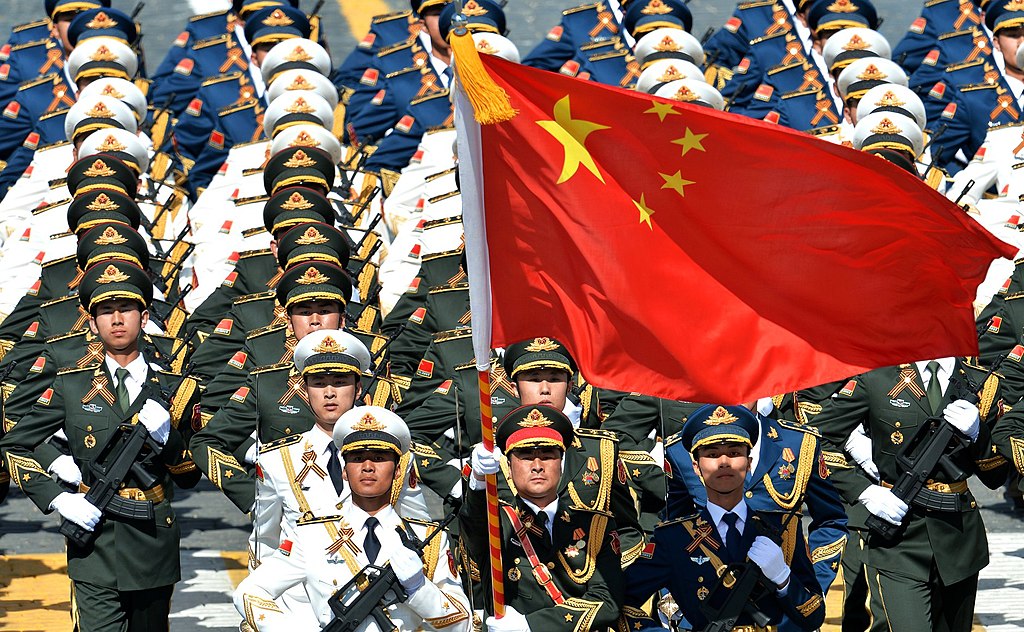Improving U.S. Disaster Relief at Reduced Risk and Cost
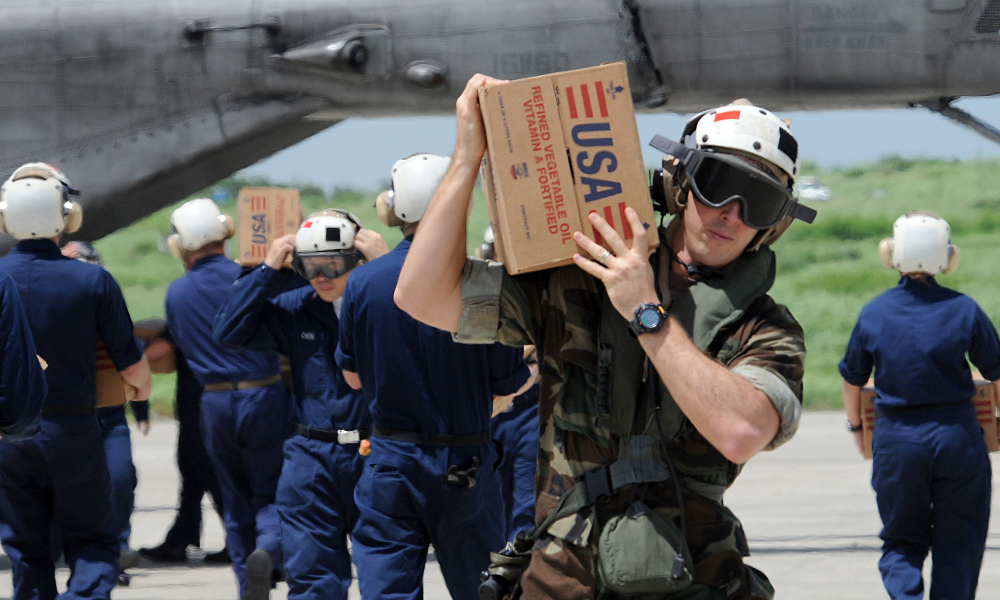
Published by The Lawfare Institute
in Cooperation With

Editor’s Note: The United States and its allies respond to humanitarian disasters frequently, but their actions are often uncoordinated and face many barriers. Security experts Sam Mundy, Mick Mulroy, and Ben Connable detail the most pressing problems facing the United States and offer models and recommendations for how to improve U.S. crisis response.
Daniel Byman
***
Beyond the nearly $20 billion the United States spends annually on national disaster relief, America also spends tens of billions of dollars each year responding to international natural and human-made humanitarian crises. For many Americans, helping people in need is a general and necessary good. Disaster relief also contributes directly to U.S. national security interests: Being first to a crisis and supporting people and governments on the front lines of the global competition with China, Russia, Iran, and other regional antagonists helps Washington build essential influence and advantage for future crises.
These two key factors—helping those in need and building competitive influence—recommend continued funding for international disaster relief programs. However, three key restraints weaken the impact and flexibility of U.S. international relief programs.
First, domestic uncertainty and retrenchment has made aid delivery unreliable and, for some Americans, undesirable. There is fairly robust popular support for the general idea of providing humanitarian aid, but limited interest in paying for aid programs. Several harmful misunderstandings about the nature of aid programming also undermine domestic enthusiasm. The steady worry about harmful unintended impacts on aid recipients—for example, that aid will diminish their independence or lead to overdevelopment—and the broader decline in popular interest in foreign affairs have limited the public appetite for investment in foreign aid. This has been coupled with political factors, including increasing pressure on aid budgets and unpredictable political decision-making. Collective interest in sending U.S. military forces, money, and materiel into complex crisis zones has been and remains on the ebb.
Second, global, regional, and specific local political realities sometimes make even much-needed American intervention infeasible. U.S. military forces are unwelcome in many parts of the world. Even nonuniformed government and nongovernmental U.S.-citizen aid workers face complicated conditions on the ground. For example, while the United States has pressing strategic interests in Gaza and Ukraine, visibly deploying U.S. military forces or aid workers there probably would risk broader entanglement and perhaps conflict escalation.
And third, even when political will and funding are applied, U.S. crisis delivery mechanisms are necessarily inadequate to address the massive scale of many global disasters. Even a full naval fleet and air response cannot hope to address the needs of millions of people ashore. This is true even in some domestic response cases—such as Hurricane Katrina. Major agencies—including the Department of State, USAID, and the Department of Defense—have considerable resources on hand, but they have no dedicated, standing humanitarian assistance-disaster relief (HADR) forces.
As a result of this absent HADR capacity, even when the United States is able to mass military relief assets like it did for the 2004 Indian Ocean tsunami and the response to the 2010 earthquake in Haiti, lack of standing disaster relief coordination mechanisms with regional states and international partners sometimes results in ad hoc and ineffective communication, logistics, and delivery. Absent effective planning and coordination, some aid is wasted and sometimes the people most in need do not get the support they require. When this occurs, the United States does not accrue the strategic benefits it otherwise should.
Overcoming these three restraints—uncertain domestic will, political barriers to supportive intervention, and inadequate or inappropriate aid delivery mechanisms and coordination—can simultaneously improve aid delivery to people in need and better support U.S. national security priorities. The best approach to improvement is to help build and support standing regional disaster relief and assistance teams and coordination centers. If adequately resourced, these teams and centers will increase the flexibility, access, coordination, and efficacy of aid delivery, reduce the burden on overextended U.S. military forces, help stabilize fluctuating resource availability, and assure regional partners of steady, reliable, and politically palatable support.
Existing Disaster Response Capabilities
While USAID fields international disaster assistance response teams (DARTs), these teams lead and coordinate field relief operations rather than provide direct support. In addition to USAID’s efforts, the United States has at least hundreds of domestic volunteer and government response groups at the municipal, county, state, and federal levels. These include both dedicated government capabilities, like the Disaster Medical Assistance Teams (DMATs), and public-private partnership groups, like the New York City Fire Department’s DART, a nongovernmental group staffed by active and reserve firefighters. While these domestic response teams cannot realistically be employed overseas, they have demonstrated the utility of maintaining both standing and on-call disaster relief experts for domestic crises.
Canada, the United Kingdom, and other countries do maintain both on-call and standing deployable response teams tailored to fly in to international crisis zones. For example, the Canadian government’s DART is an on-call disaster relief unit staffed by uniformed military personnel and civilian government employees. It is organized like a stand-alone military company with a headquarters and engineering, medical, logistics, and security platoons. Civilian advisers serve as liaisons to local populaces during crisis responses.
Canada’s DART has deployed to at least seven crises since 1998, including to the Philippines in 2013 in response to Super Typhoon Haiyan. While the 319-member task force could not alleviate all suffering caused by this massive storm, it treated more than 6,000 medical patients, evacuated more than 800 critical need patients, cleared more than 130 kilometers of roadway, and leveraged its expertise and nongovernmental group liaisons to support delivery of more than 300,000 pounds of food, shelter, and other aid.
Probably hundreds of nongovernmental organizations maintain disaster response teams. There are both reserve and, in some cases, standing local, regional, and global aid staffs, all commonly funded by countries. Groups like International Medical Corps and Disaster Aid International field DARTs or equivalent teams and maintain global logistics and on-call expert networks. All these groups routinely deploy aid and experts to crisis zones, extending the depth and breadth of experience to help build new DARTs.
Disaster Relief Coordination Centers
Delivery capacity alone is insufficient to get aid to people in need. Humanitarian assistance-disaster relief operations have many of the same complex and taxing requirements as major military operations; it is no coincidence that military forces often are called on to coordinate and deliver aid. By their very nature, relief operations are reactive, to some extent ad hoc, and are generally conducted under some kind of duress, such as extreme weather conditions, human violence, and a collapse of basic services. Runways; port facilities; road, electrical, and communications networks; and other infrastructure needed to run major logistics and medical operations are often shattered.
Under these conditions, many of the rules that apply to military operations also apply to relief operations. Simple things become complex. It is difficult to receive up-to-the-minute information, and information that is available is often inaccurate. Preoperational relief plans often do not survive the first few hours on the ground. Political friction can derail even the best intentioned actions. Military organizations typically use thorough pre-crisis planning, rehearsals, careful coordination, and empowered leadership to cut through this kind of chaos to ensure mission success. The same kind of pre-crisis planning, coordination, and leadership is also essential to successful relief operations.
Standing regional warning and action centers are, we argue, the ideal mechanisms to coordinate disaster relief operations. A number already exist and have proved their value across a range of global crises. In Europe, the 24-hour, fully staffed Emergency Response Coordination Centre (ERCC) conducts real-time monitoring of emerging crises, rapidly sources on-call experts, and helps synchronize aid efforts across nearly 40 countries. Some regions have need-specific centers, like the African Union’s network of Regional Coordination Centres for disease control.
Singapore’s Changi Regional HADR Coordination Centre (RHCC) stands out, at least in purpose and general structure, as an ideal candidate for replication. Similar in many ways to the European ERCC, the Changi RHCC is a standing, 24-hour, fully staffed organization under the Singapore Ministry of Defense. It collects, fuses, and disseminates crisis information, builds and shares a common crisis operational picture via an internationally shared network, and during a crisis helps deconflict responses while sending out assessment and coordination teams to the disaster area. Changi has incorporated regional and global agencies and 16 national partners, including Australia, Canada, China, Russia, South Korea, India, and the United States.
Deliver Aid Through New Paired Regional Relief Teams and Centers
These long-standing and crisis-proven examples provide the building blocks for our proposed U.S. approach to steadying and improving aid impact. However, separately none of the aforementioned teams or centers provides the best approach. Groups of top-notch on-call experts cannot deliver the kind of instant-ready organizational horsepower provided by a full-time military unit. Yet even the best standing military relief teams will inevitably generate political friction and face access restrictions. Part-time or administrative coordination centers are useful but inadequate to help mitigate a fast-moving crisis, while more functional and tightly run military coordination centers like the one at Changi might have more political flexibility under direct civilian control.
In addition to continuing many of its long-standing and generous contributions to disaster relief agencies, training programs, centers, and crisis operations, the United States should help selected regional partners to build highly trained, standing disaster assistance response teams integrated with new full-time coordination centers. These teams and centers can be funded from a combination of sources, including regional states, multinational organizations, and both Western and non-Western global powers.
Teams can include some military elements, but they should be established under civilian control or, with sufficient funding, provided by nongovernmental groups. Each of these teams should be staffed according to regional needs. They should have medical, logistics, search and rescue, communications, and other core functional elements. It is essential that they have the capacity to deal with large crises or more than one simultaneous crisis. This generally will entail organizations with more than 1,000 people on staff—and perhaps a few thousand—rather than the tens or hundreds in most existing DARTs. Team training and crisis response rehearsals can be coordinated through the regional warning and coordination centers.
Pending further assessment, centers should be at least loosely modeled on Singapore’s Changi RHCC. However, they should be staffed primarily by nonmilitary personnel. All centers should have five purposes and aligned capabilities: (a) serve as a permanently staffed, single information and operational hub for planning, coordination, communication, and deployed crisis response; (b) gather, assess, and warn from multiple information sources; (c) staff, manage, train, and deploy response teams; (d) elicit, coordinate, and routinely update multinational and nongovernmental resource commitments; and (e) prepare, maintain, and exercise continually updated multinational crisis response plans.
Together, these regional teams and centers would improve aid effectiveness and reduce waste; help alleviate the continuous and direct crisis response burden on the U.S. military and civilian agencies; and provide U.S. political leadership with regionally accepted mechanisms through which they can channel aid at reduced risk and, ideally, reduced cost.
With dedicated support from the U.S. government—and ideally from other Western and well-resourced non-Western states working in concert—this team-and-center approach could be implemented globally and in sufficient time to help mitigate the growing risks from climate change and political instability.

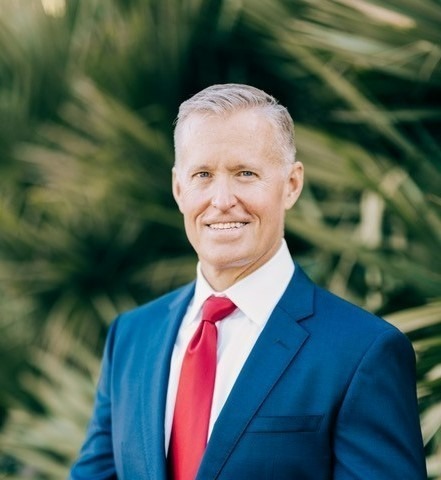
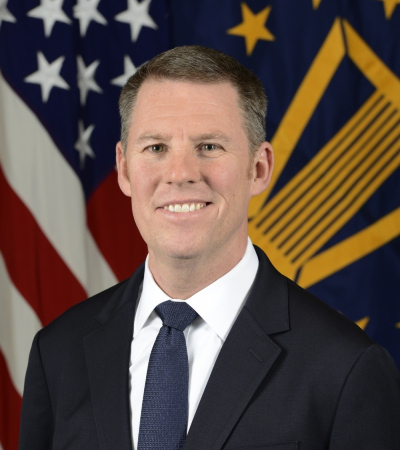
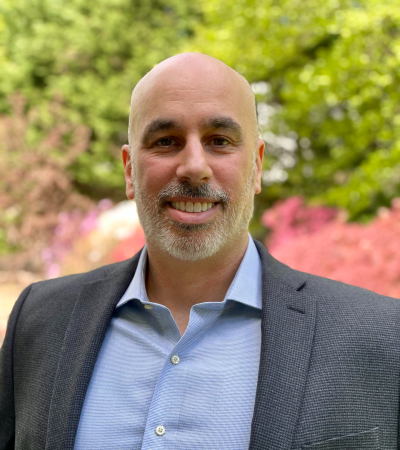
.jpg?sfvrsn=cbb26fe8_7)
